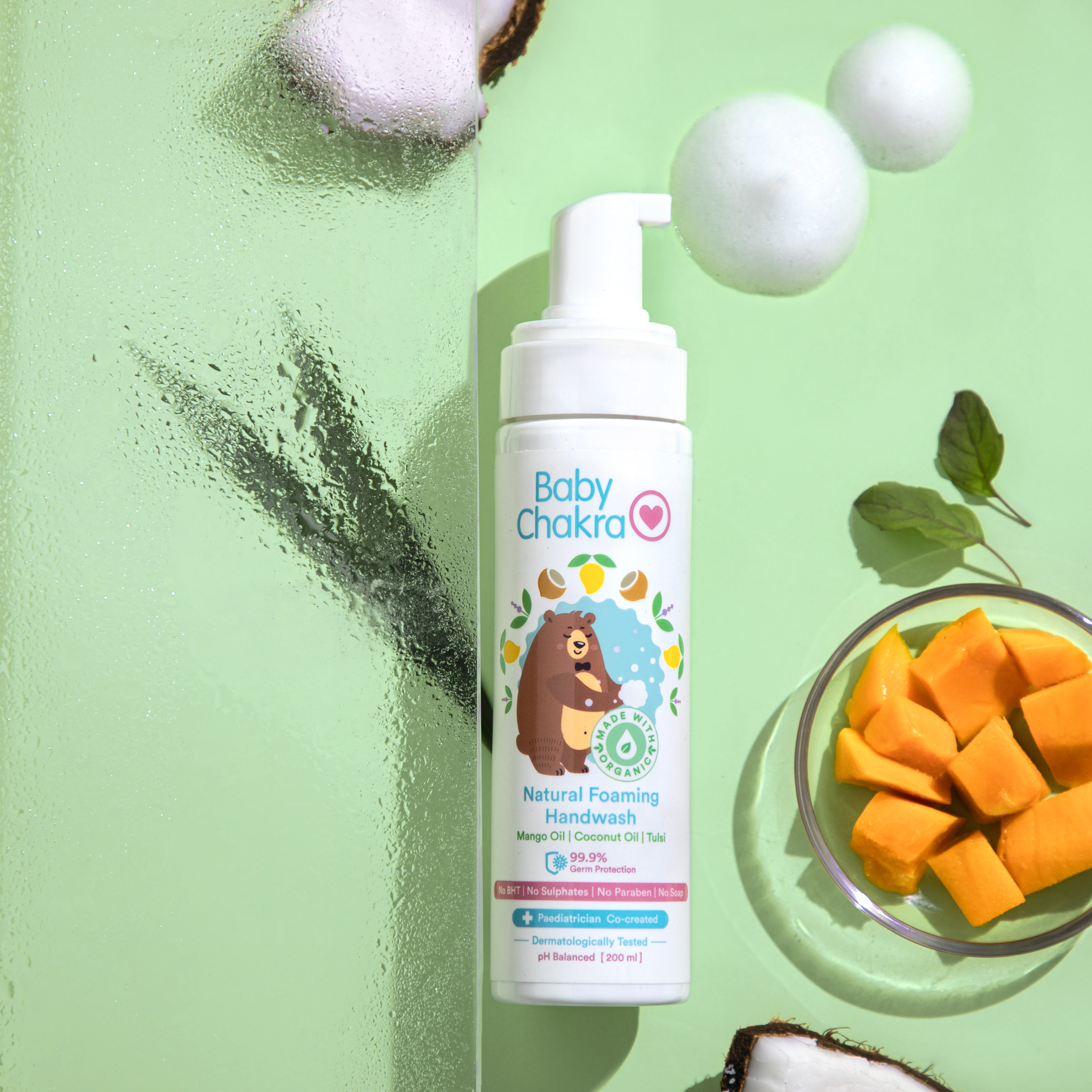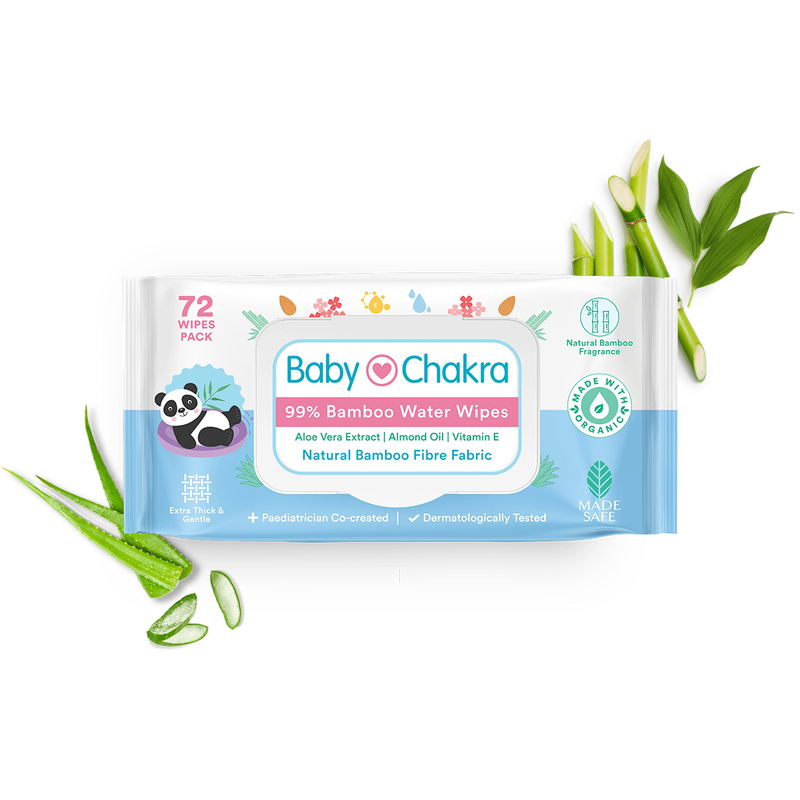
Pacifiers: The Ultimate Guide for New Parents – To Pacify or Not to Pacify?
13 Apr 2023 | 5 min Read
Manisha Pradhan
Author | 1053 Articles
Congratulations! As new parents, you’re about to embark on an exciting journey of raising a little bundle of joy. Amidst this whirlwind of diapers, midnight feedings, and countless cuddles, you may be wondering if giving your baby a pacifier is a good idea.
Pacifiers have been a source of comfort for countless babies, but do they truly pacify, or are there hidden downsides? Here’s all you need to know about pacifiers to help you make an informed decision.
Contrary to popular belief, pacifiers have been around for centuries. The modern pacifier is simply an evolved version of the age-old practice of giving babies soothing objects to suck on. Whether made from rags dipped in sugar water, coral, or ivory, these early pacifiers served the same purpose – to keep babies happy and content.
Nowadays, pacifiers are made from baby-friendly materials like silicone and rubber, ensuring a safe and comforting experience for your little one.
The Benefits of Pacifiers – More Than Just Comfort
Pacifiers have several benefits that go beyond soothing a fussy baby. Research suggests that pacifier use can:
Reduce the risk of Sudden Infant Death Syndrome (SIDS)
Several studies have shown that using pacifiers during sleep can lower the risk of SIDS. Experts believe this could be due to the pacifier preventing the baby from rolling onto their stomach, or that the sucking motion helps maintain an open airway.
Provide pain relief
Sucking on pacifiers has been found to provide comfort and reduce pain during medical procedures, such as vaccinations and blood tests.
Assist in weaning from breastfeeding
If you’re trying to wean your baby from breastfeeding, introducing a pacifier can help ease this transition by providing a similar oral sensation.
The Drawbacks Of Pacifiers – What to Watch Out For
While pacifiers can offer undeniable benefits, they also come with some potential drawbacks. Parents should be aware of the following concerns:
Nipple confusion
Introducing a pacifier too early, especially before breastfeeding is well-established, can lead to nipple confusion, making it difficult for your baby to latch on properly during breastfeeding.
Dental issues
Prolonged pacifier use, especially after the age of 2, can result in dental problems like overbites, crossbites, and misaligned teeth.
Increased risk of ear infections
Some studies have found a link between pacifier use and an increased risk of ear infections, particularly in babies older than six months.
How And When Should You Give Your Baby A Pacifier?
If you decide to give your baby a pacifier, follow these guidelines to ensure a positive experience:
Wait until breastfeeding is established
The American Academy of Pediatrics recommends waiting until your baby is 3-4 weeks old and breastfeeding is well-established before introducing a pacifier.
Use a one-piece pacifier
Choose a one-piece pacifier made from silicone or rubber to reduce the risk of choking hazards.
Keep it clean
Regularly clean and sterilize the pacifier to prevent the growth of bacteria. Replace it every 2-3 months or sooner if it shows signs of wear.
Don’t force it
If your baby doesn’t seem interested in the pacifier, don’t force it. Some babies simply prefer their fingers or thumbs for self-soothing.
Set limits
Limit pacifier use to certain times of the day, such as naptime or bedtime, to minimize potential dental issues and prevent over-dependence.
Start weaning by age 2
Gradually reduce the use of pacifiers as your child approaches their second birthday to avoid dental problems and encourage emotional development.
Alternatives To Pacifiers – Other Ways To Soothe Your Baby
If you’re hesitant to use a pacifier or your baby isn’t interested, consider these alternatives for comforting your little one:
- Swaddling: Wrapping your baby snugly in a soft blanket can help create a sense of security and calmness.
- White noise: Sounds like a fan, vacuum cleaner, or a white noise machine can mimic the comforting sounds of the womb and help soothe your baby.
- Gentle rocking: Slowly rocking your baby in a rocking chair or glider can help calm them down and even lull them to sleep.
- Babywearing: Carrying your baby close to your body in a baby carrier or sling can provide comfort and security.
- Skin-to-skin contact: Holding your baby against your chest with skin-to-skin contact can promote bonding and provide comfort.
The decision to give your baby a pacifier ultimately comes down to personal preference and individual circumstances. By considering the benefits and drawbacks, as well as following recommended guidelines, you can make an informed decision that works best for your family.
And remember, every baby is different – what works for one may not work for another. Trust your instincts, and enjoy the precious moments with your little one!
Check out these natural hygiene products for babies:
Also Read:
How To Protect A Baby’s Skin Microbiome
These Traditional Practises Of Skincare For Babies From Around The World Is Sure To Surprise You!
A


Related Topics for you
Suggestions offered by doctors on BabyChakra are of advisory nature i.e., for educational and informational purposes only. Content posted on, created for, or compiled by BabyChakra is not intended or designed to replace your doctor's independent judgment about any symptom, condition, or the appropriateness or risks of a procedure or treatment for a given person.


